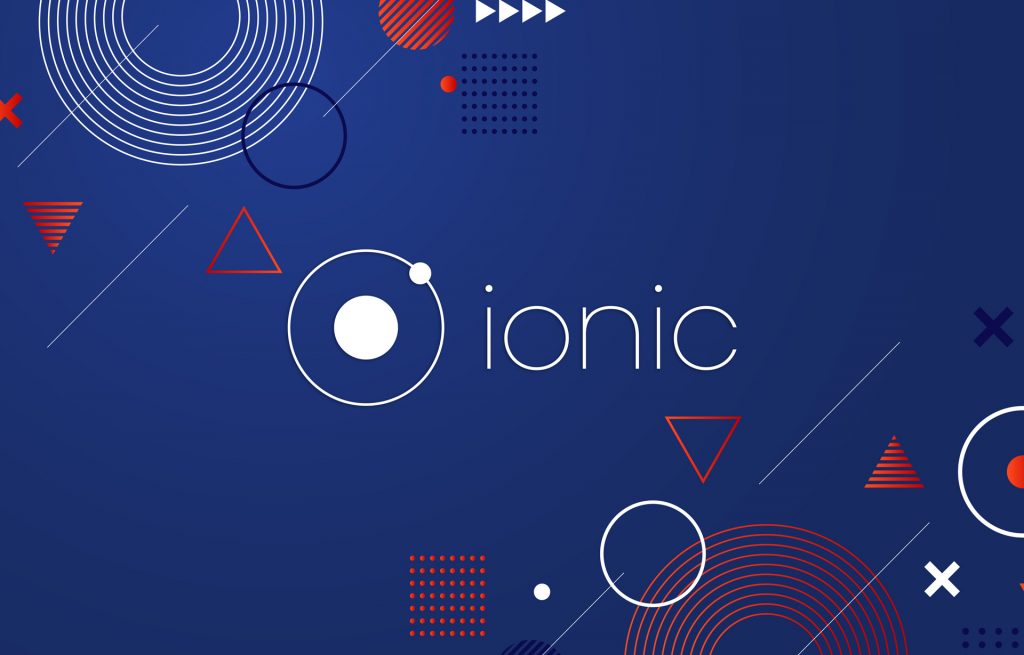The IT sphere expands and improves every day. A lot of enthusiasts with new ideas try to improve the world and facilitate our routine by creating apps for taxis, maps, trips, music, streaming, video. Brand new ideas challenge the IT world and require solutions.
In 2017, 10gen company decided to create a platform as a service that would contain only open source elements. At some point the team stuck with the choice of the most suitable database for a cloud architecture, and the best solution was to create a database themselves. This is how MongoDB came into existence. The products turned out to be very promising, so eventually, the team decided to focus only on the database but not on PaaS.
MongoDB promoted the introduction of NoSQL databases. They solve the problems that can not be solved with relational stores. For example, they make the most of cloud computing when apps require rapid development and storing large volumes of data that often have poor structure.
Нow MongoDB works
With the evolution of new methods of data structuring, NoSQL databases come in different models. All of them eliminate different restrictions of the relational model and allow structuring the schemaless data. Document databases, where everything related to a database object is encapsulated together, become one of the most convenient and popular ways towards the data structure. Document-oriented stores are known for powerful query engines and indexing features thanks to which the execution of optimized queries is carried out faster. Moreover, they bring the following advantages:
- Document as independent unit. Such way of storing the information makes distribution of the data across multiple servers easier and, yet, preserves its locality. As a result, the apps obtain better performance than with a relational database.
- Easy data structuring. A document incorporates any keys and values necessary for the application logic, and the database does not need to be aware of the data schema upfront, which allows the developer to avoid costly migrations.
- App logic is easier to create. The developer can simply turn the object model into a document instead of translating between objects in your application and SQL queries.
MongoDB is one of the leading NoSQL DBMSes. It represents a document-oriented solution with JSON-like documents (BSON), in dynamic schemas. When in relational databases all the documents are stored in tables, MongoDB organizes the data in some kind of collections. It holds all the related data within one collection, in a single document. In such a way, the database of a social network incorporating a user profile data, such as audio, music, video, posts, likes, comments, is presented as a collection.
The localized data in MongoDB reduces the need to join separate tables. A single read to the database can retrieve the entire document, and, hence, you obtain better performance and scalability across hardware. Furthermore, MongoDB documents are closely related to the structure of objects in programming languages that simplifies and accelerates the development thanks to the way how the data in the apps is mapped to the data in the databases.
MongoDB Features
- Expressive query language;
- Secondary indexes;
- Strong consistency;
- Flexibility, scalability & agility;
- Global deployments;
- Security, automation, monitoring, and integration with already existing infrastructure.
MongoDB and Big Data
In relational databases, you arrange your data according to a pre-defined schema. SQL databases can not foresee any additional fields for a new information. Working with Big Data means that you need to deal with unpredictable sets of data. Building a new structure is tedious, time-consuming work, which can slow down the project. NoSQL dynamic schemas ensure that heterogeneous data sets can be stored together. With MongoDB, you can collect more data, adding new values and expanding the meaning of your project.

MongoDB Use Cases
You are dealing with big data
MongoDB was designed in response to a rise of the volume of the data stored in the applications, the frequency in which this data is accessed, as well as its performance, and processing needs.
You need to take care of security
If you have payment features or medical information in your apps, you should never neglect security. MongoDB team knows how important is to make web and mobile apps safe, while taking care of sensitive data, so it provides the security measures. It is especially valuable if your app is hosted on a cloud.
Geolocation is essential for your app
While working with location data, MongoDB allows you to retrieve and put the data needed from and to specific locations accurately and quickly.
You follow Agile principles and need a fast delivery
MongoDB is perfect for web and mobile application development in Agile. It is great for completion of one-two weeks iterations, for fast bug fixing and quick updates. MongoDB’s dynamic schemas allow you to try new things quickly, without a lot of downtime between versions and any additional costs.
App requires cloud computing
Cloud solutions guarantee scalability and agility with the condition that the data is easily spread across multiple servers. MongoDB is designed to work with a high volume of the data and gives you lots of flexibility and availability in a cloud environment. It comprises the solutions that make the partition and spread of the data across multiple servers easy.
You need scalable database architecture
As MongoDB works perfectly with cloud-based solutions, you get a scalable database architecture and cut corners on the additional software or hardware.
Conclusion
Despite a huge competition among open source NoSQL databases, MongoDB remains a much-in-demand solution. It serves well once you use it properly: it solves scale issues and saves a lot of time and energy while requires no schema for data. Still, Mongo is said to lack some features of RDBMS (transaction and join), but schema flexibility, ability to scale horizontally, and working with JSON wins its place in software development.





